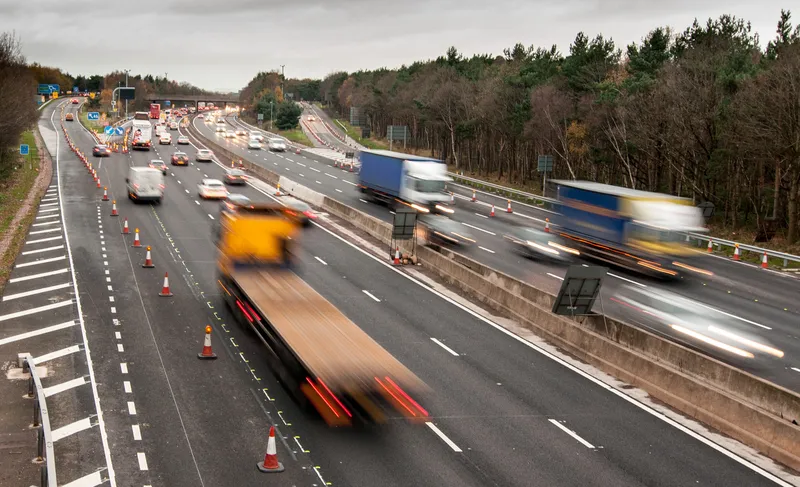Autodesk is expanding its portfolio of technology for Building Information Modelling (BIM) for infrastructure following the completion of the acquisition of certain technology assets from two UK-based software companies, Bestech Systems and Savoy Computing Services.
From Bestech Systems, Autodesk has acquired technology including Sam, a suite of software modules widely used around the world by bridge designers and engineers for load analysis in the design of small to medium span bridges. The technology
August 20, 2013
Read time: 2 mins
From Bestech Systems, Autodesk has acquired technology including Sam, a suite of software modules widely used around the world by bridge designers and engineers for load analysis in the design of small to medium span bridges. The technology acquired from Savoy Computing Services includes AutoTrack, a suite of software modules for road, light rail, airport, parking and intersection analysis and design used for infrastructure planning by architects, designers and engineers.
“Through these acquisitions, Autodesk is now positioned to offer a much more comprehensive portfolio of infrastructure software that will accelerate the adoption of BIM in transportation design,” said Amar Hanspal, Autodesk senior vice president of Information Modelling and Platform Products. “The addition of Sam and AutoTrack to Autodesk will also advance road and bridge workflows with model-based design and analysis software.”
While Autodesk integrates the Sam and AutoTrack technology into its portfolio, the current products will remain available to new customers. Existing customers will continue to be supported by Bestech Systems and Savoy Computing Services.








